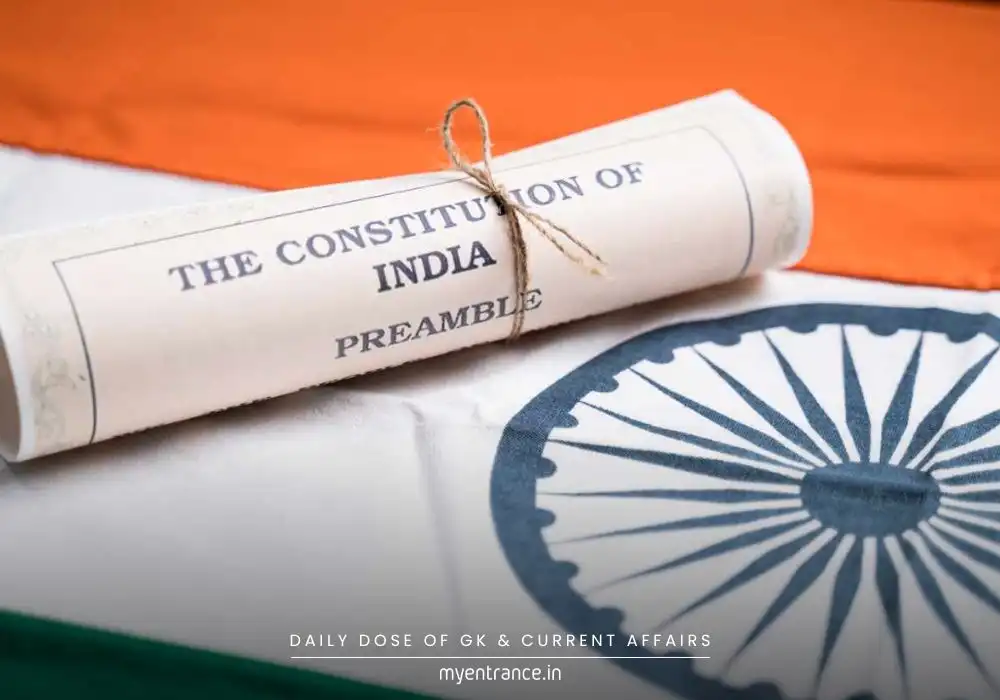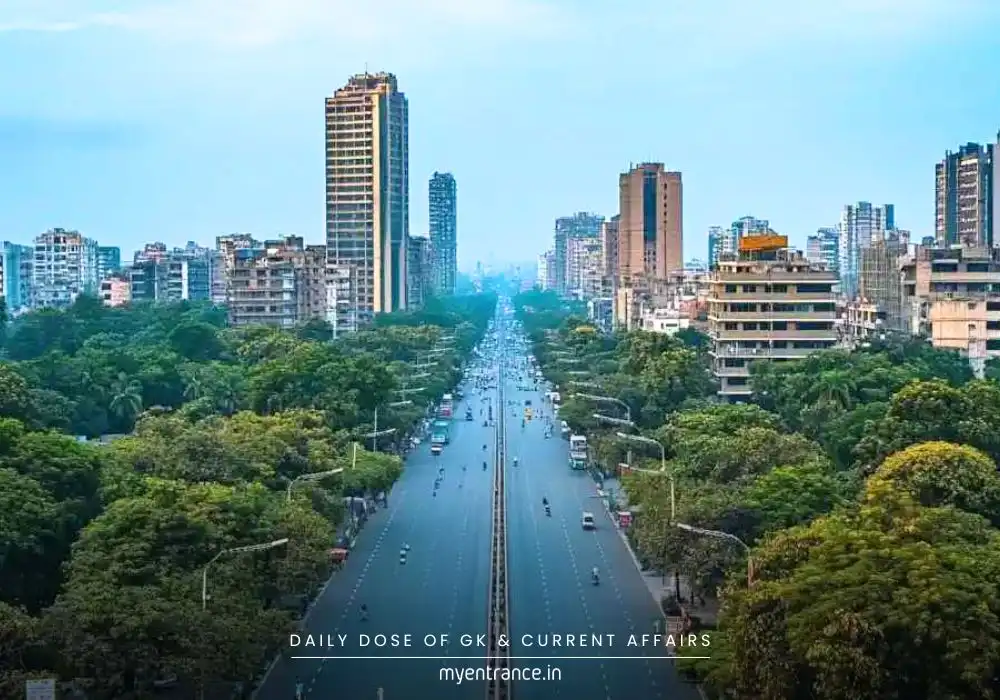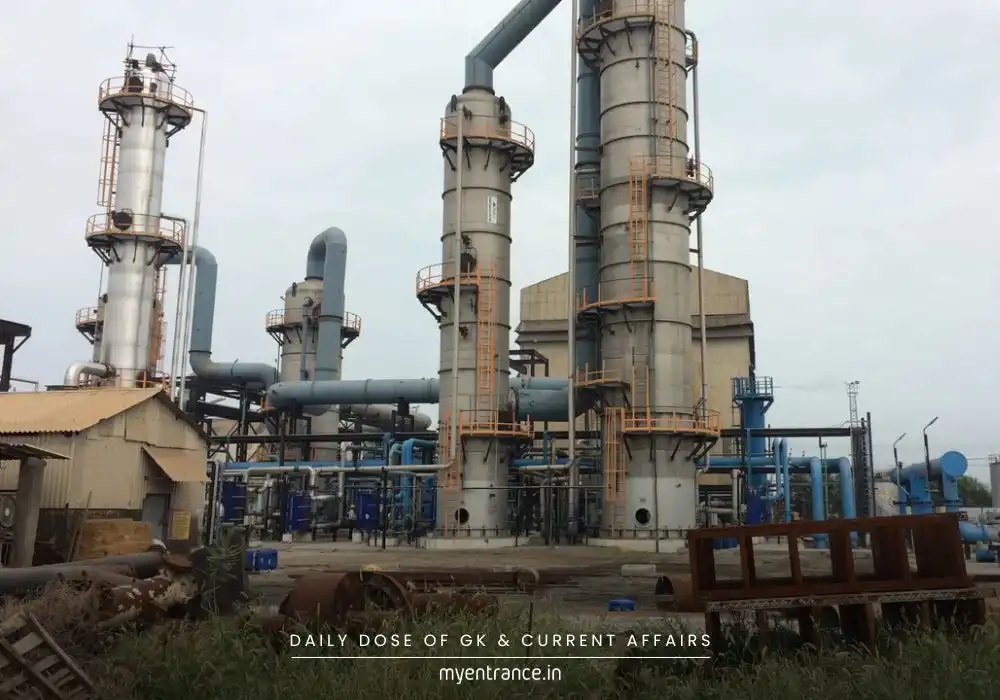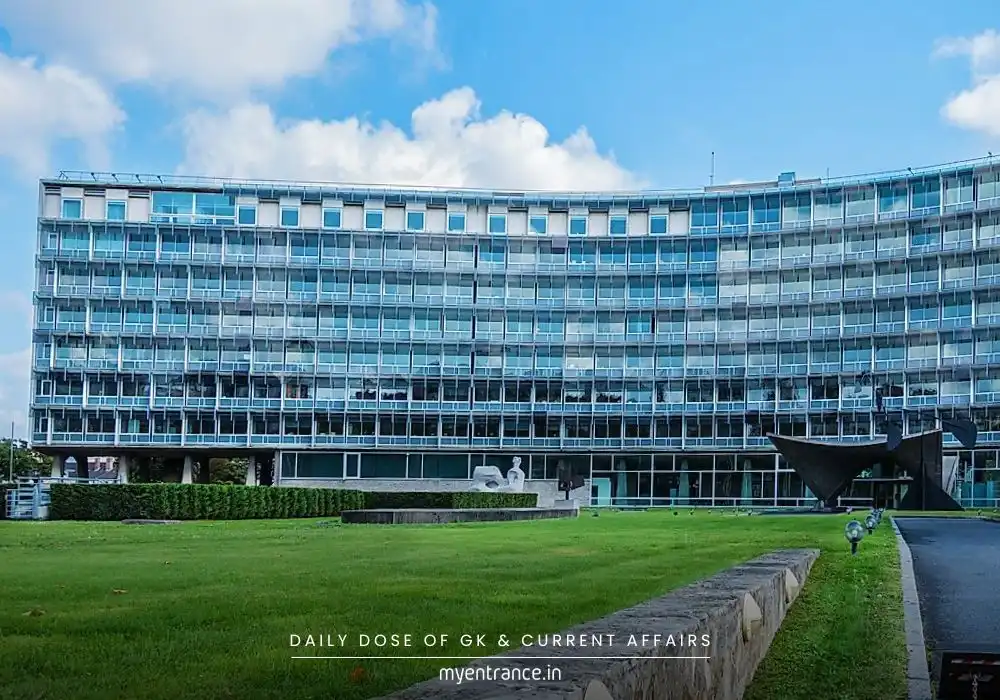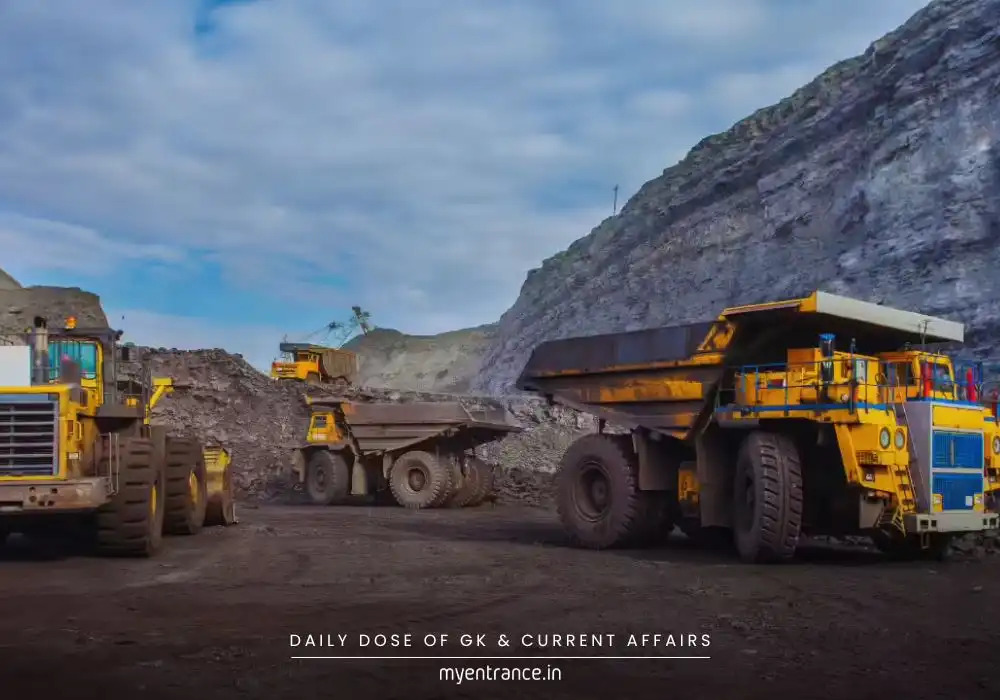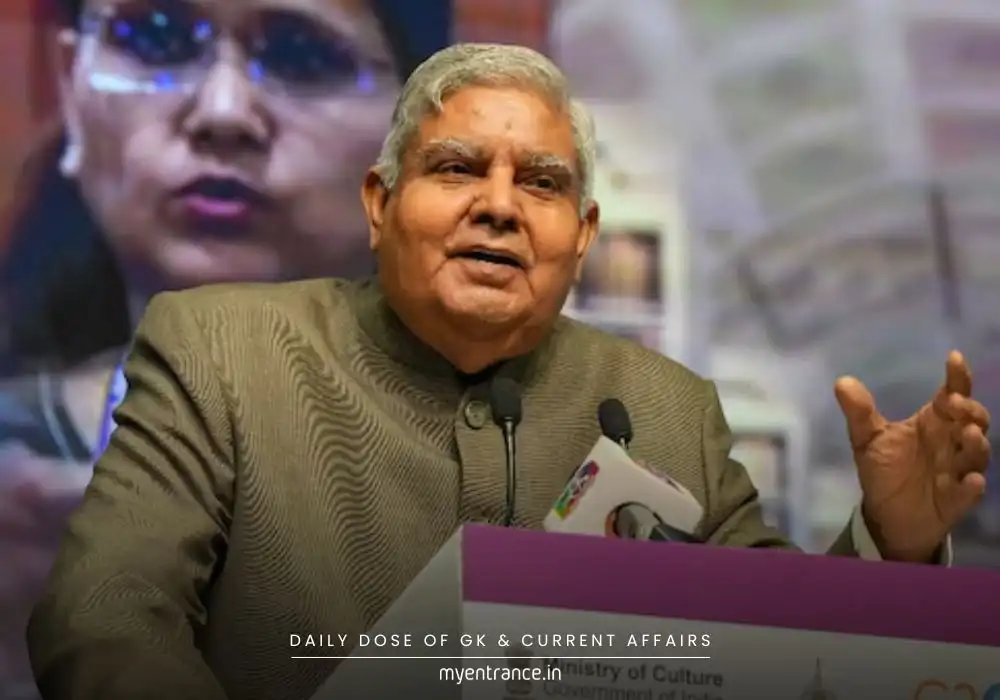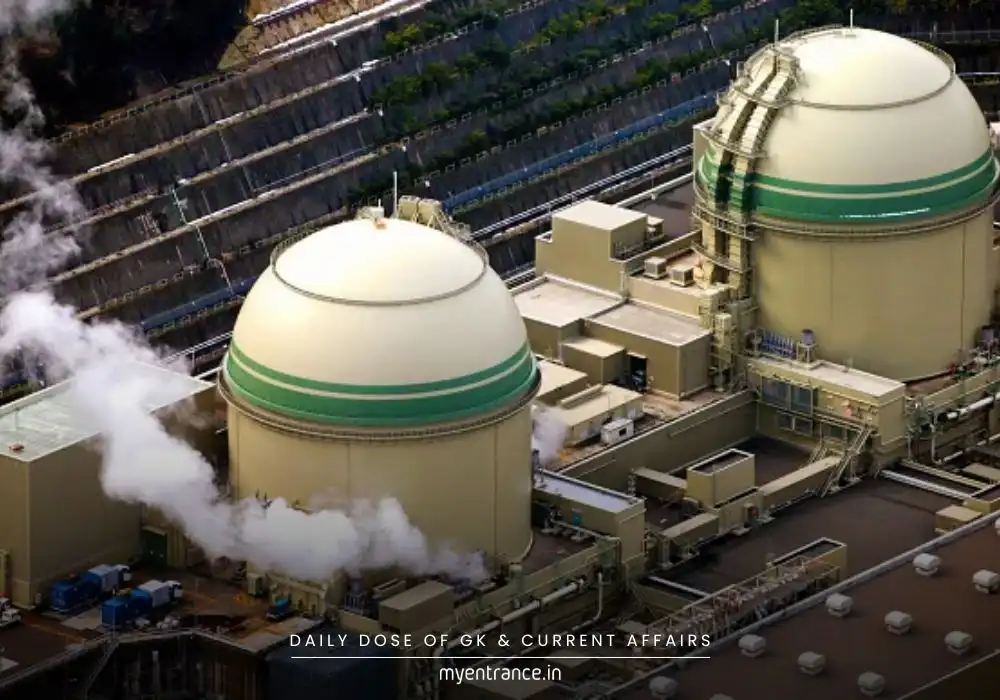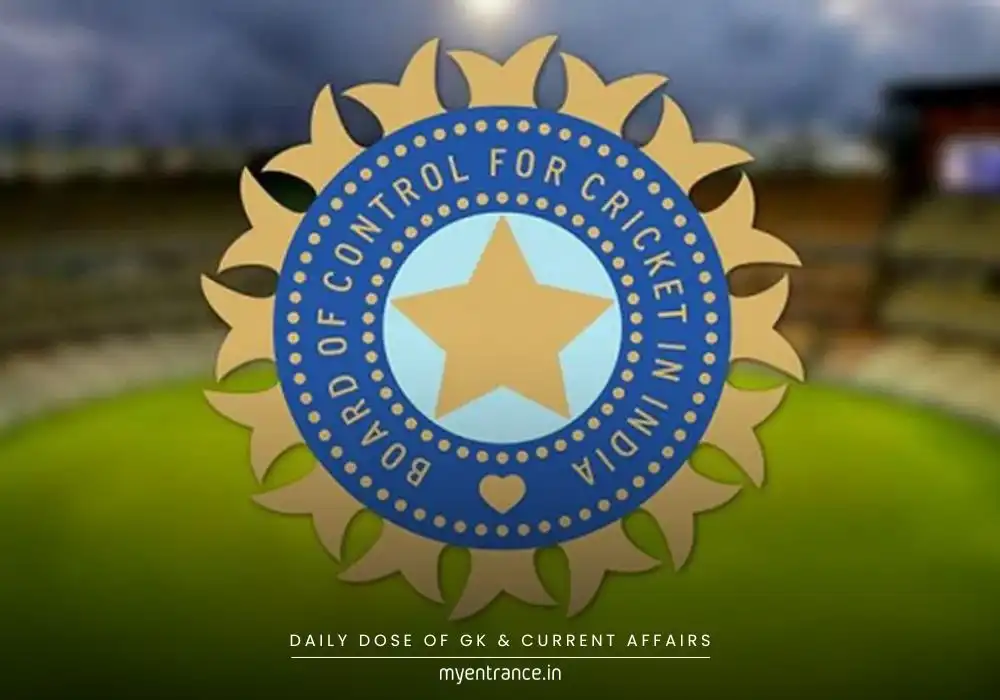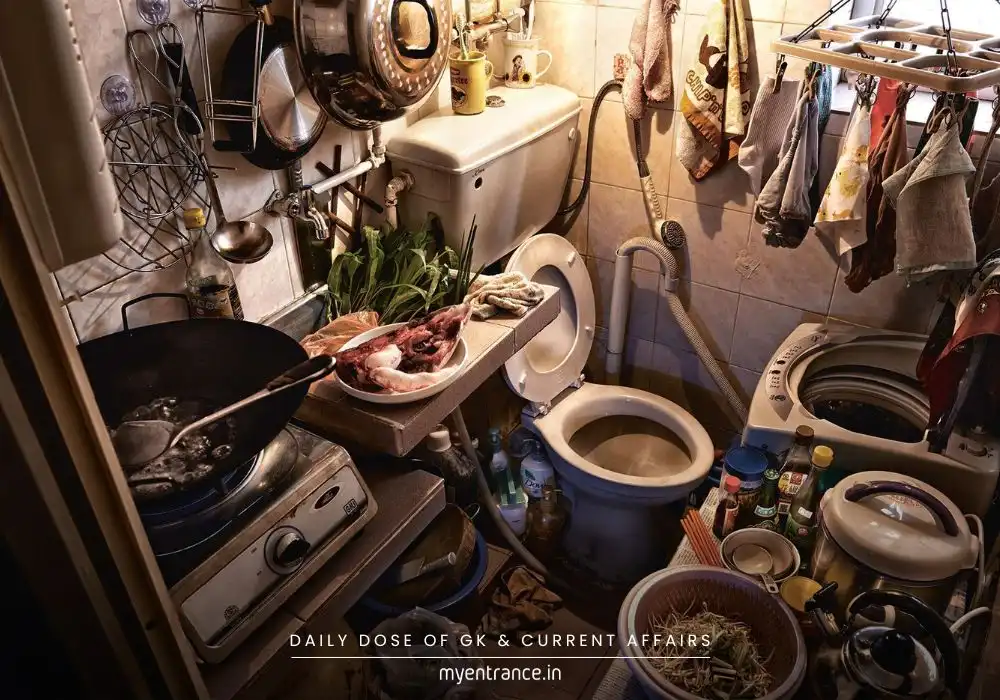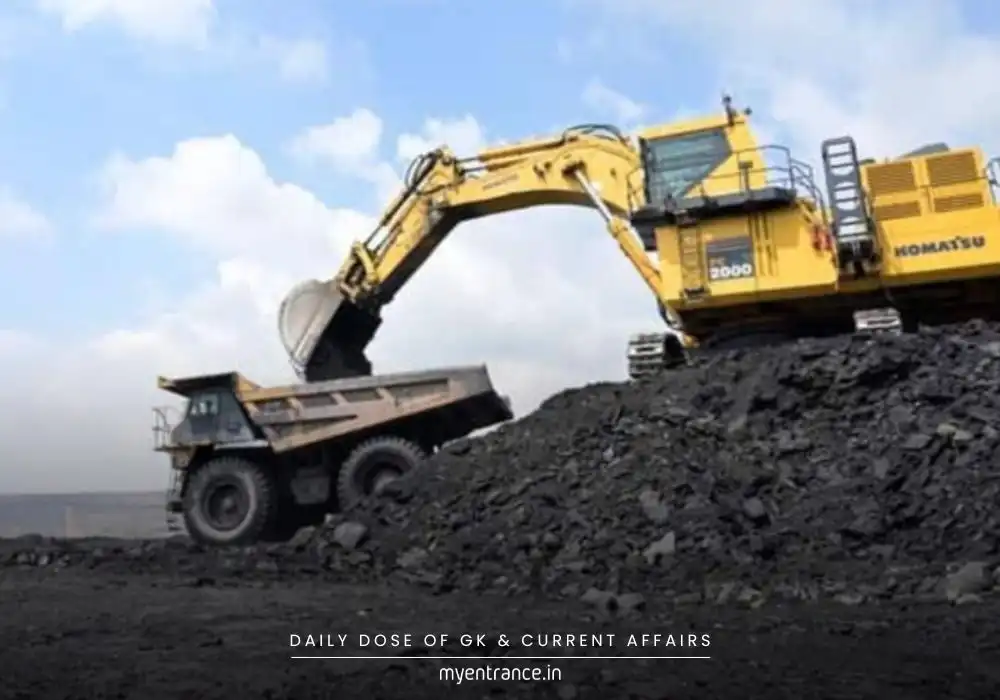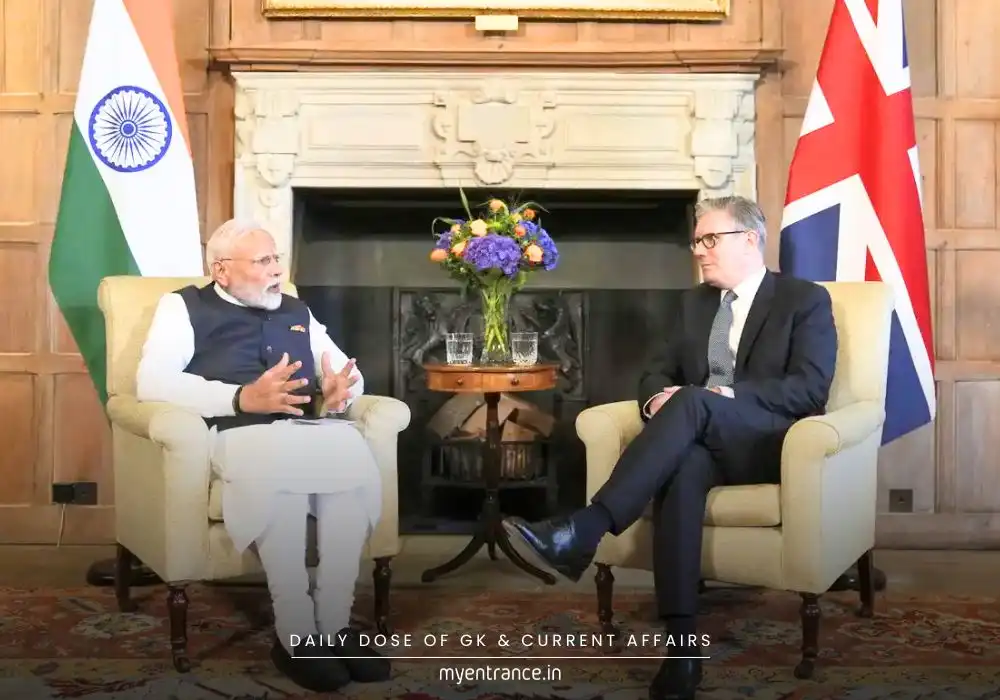Translate Language
Are Farmers Being Forced to Buy Biostimulants?
The Indian government is taking serious action against the controversial practice of “forced tagging” of biostimulants with subsidised fertilisers. Agriculture Minister Shivraj Singh Chouhan has urgently written to all Chief Ministers demanding an immediate stop, citing farmer complaints about both pressure tactics and product inefficacy. This move shines a spotlight on India’s rapidly growing, yet largely unregulated, biostimulant market.

Imagine going to buy essential, subsidised fertilisers like urea or DAP, only to be told you must also buy an expensive bottle of a “growth booster” you didn’t ask for. This frustrating scenario, termed “forced tagging,” is exactly what Union Agriculture Minister Shivraj Singh Chouhan is cracking down on. He’s directed all state Chief Ministers to immediately stop retailers from making the sale of subsidised fertilisers conditional upon purchasing biostimulants or nano-fertilisers.
But what exactly are biostimulants?
Think of them as supplements for plants. They aren’t fertilisers (which provide direct nutrients like NPK) or pesticides (which kill pests). Instead, biostimulants aim to enhance a plant’s natural processes – things like nutrient uptake, stress tolerance, and overall growth – potentially leading to better yields or quality. They can be derived from natural sources like seaweed extracts or plant waste. Officially, under the Fertiliser Control Order (FCO), 1985, they are defined as substances or microorganisms that stimulate these physiological processes without falling under pesticide regulations.
So, why the sudden government heat?
Farmer Pressure & Complaints: Minister Chouhan highlighted widespread complaints. Farmers felt strong-armed by retailers into buying these often-costly products alongside their essential subsidised fertilisers. Adding fuel to the fire, many farmers reported that these biostimulants simply didn’t work as promised, offering no noticeable benefit for the extra expense.
A Massive, Unchecked Market: For years, biostimulants operated in a regulatory grey area. Since they weren’t classified as fertilisers or pesticides, they flooded the market without government approval or quality checks. Chouhan revealed a staggering figure: approximately 30,000 biostimulant products were sold unchecked for several years! Even in the last four years, about 8,000 remained in circulation. Only recent stricter enforcement has brought this number down to around 650.
Explosive Market Growth: This crackdown comes amidst projections of massive growth. Market research (Fortune Business Insights) pegs India’s biostimulant market at $355.53 million in 2024, expected to skyrocket to $1,135.96 million by 2032 – a growth rate of over 15% annually. This potential makes regulation even more critical to protect farmers and ensure genuine products thrive.
The government’s stance is clear: Minister Chouhan emphasized that the primary question is, “How much benefit are farmers actually getting?” If biostimulants aren’t delivering tangible results, permission to sell them cannot continue. This action represents a significant step towards bringing order and accountability to a previously wild west segment of agricultural inputs.
Key Questions & Answers for Exam Aspirants:
Q: What is the primary function of a biostimulant, as per the FCO?
A: According to the Fertiliser Control Order (FCO), 1985, a biostimulant’s primary function is to stimulate physiological processes in plants to enhance nutrient uptake, growth, yield, nutrition efficiency, crop quality, and stress tolerance. It explicitly excludes pesticides and plant growth regulators.
Q: Why were biostimulants largely unregulated in India for a long time?
A: Biostimulants fell outside the traditional categories governed by existing laws. They weren’t classified as fertilisers (regulated by the FCO, 1985 under the Essential Commodities Act) or pesticides (regulated by the Insecticides Act, 1968), creating a regulatory loophole.
Q: What specific practice did Agriculture Minister Chouhan order states to stop immediately?
A: Minister Chouhan ordered an immediate halt to the “forced tagging” practice, where retailers were making the sale of subsidised fertilisers (like urea and DAP) conditional upon the purchase of biostimulants or nano-fertilisers.
Q: What two major concerns did farmers raise regarding biostimulants, prompting government action?
A: Farmers raised concerns about (1) being pressured or forced to buy biostimulants alongside essential subsidised fertilisers, and (2) the apparent inefficacy of many biostimulant products, failing to deliver promised benefits.
Q: What does the projected growth of India’s biostimulant market indicate?
A: The market is projected to grow from $355.53 million in 2024 to $1,135.96 million by 2032 (a CAGR of 15.64%). This indicates significant commercial interest and potential, making effective regulation crucial to protect farmers and ensure market health.
Get 3 Months Free Access for SSC, PSC, NIFT & NID
Boost your exam prep!
Use offer code WELCOME28 to get 3 months free subscription. Start preparing today!
